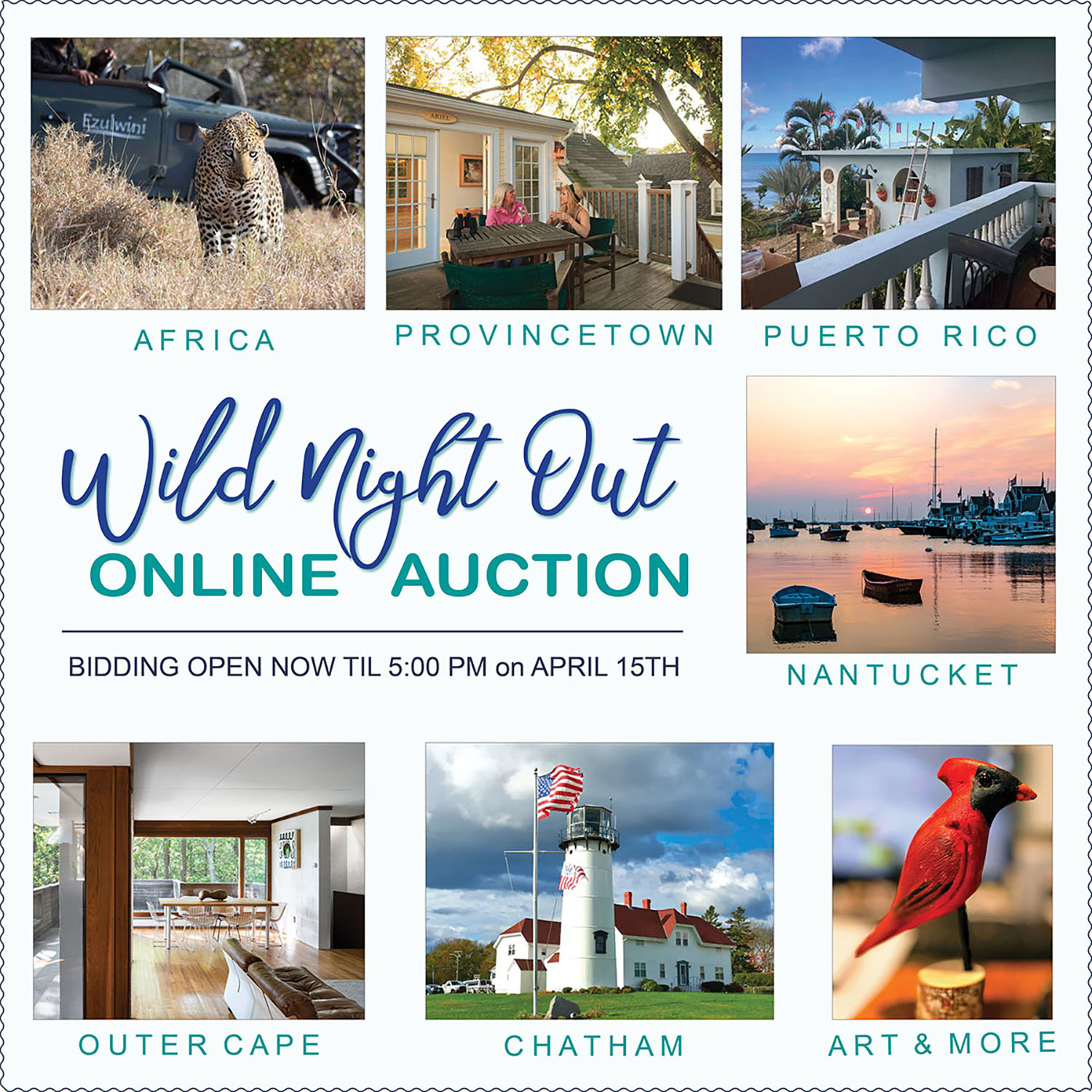
Feed for farm animals is one way to repurpose a Christmas tree
CENTERVILLE – On a sunny morning last week, Gus, Bambi and Leland were among the dozen goats waiting for their next meal in their backyard pen.
The truckload of vibrant, fragrant greens arrived, ready to add something special to their recently bland diet. But this wasn’t a trailer full of salad mix – rather, 24 surplus Christmas trees from Cape Abilities Farm in Dennis.
“The goats love Christmas trees,” said their owner, Stacey Greaves. “It’s a great way to supplement their diets in the winter when there’s no greenery.”
Greaves, through her business GOat Green Cape Cod, capitalizes on the notorious caprine appetite. Her goats clear brush, even poison ivy, and perform other landscaping work thanks to their four-compartment stomachs.
In the winter, the goats solve another problem that vexes many at year’s end: what to do with Christmas trees. Many transfer stations on Cape Cod and the Islands accept unwanted trees. Some people opt to return their evergreen to the environment by tossing it in the backyard or burning it in their brush piles.
Some Cape residents have discovered other ways to keep their tree’s life cycle going.
While Greaves and her goats have had their fill of firs this season, T. Mark Bartley, production manager at the farm, has a few recommendations for others who wish to give their trees a second life. He suggests people place their trees on their decks with suet hung on the branches. Soon, a scene of lights and ornaments will be replaced with happy birds. “It’s a great habitat for birds,” he said.
Stephanie Ellis, executive director of Wild Care in Eastham, agrees. For the past four years Hope Health has donated trees from their holiday celebrations to the wildlife rehabilitation center. The conifers are a year-round fixture in the center’s aviaries, where they provide 12 months of natural habitat for recovering raptors. The trees provide a more natural perch for the birds than the alternative perches covered in bicycle tires, she said.
“We feel that by putting these trees in these aviaries, it simulates their natural environment and provides them places to hide, to perch, also to navigate around,” she said. “For a hawk, it’s more like a natural obstacle course, what he would find in the wild.”
Ellis is also expecting a donation of smaller trees from Agway in Orleans. Those trees will be used for songbird and small mammal habitats.
Wild Care in the past has asked the public for unwanted trees and the response was overwhelming – they had to turn down some offers.
Another of Bartley’s recommendations is to cut the branches off a Christmas tree and use the brush to cover perennials in a kind of blanket to protect them from the winter elements. The idea runs counter to what he says is a frequent obsession for people to remove all the leaves from their yards. “The plants would much rather have all those leaves,” he said.
There’s one second life for holiday trees – erosion control – that is no longer recommended, according to one expert.
From the 1970s through the ’90s, trees were commonly used to help mitigate erosion on beaches and barrier beaches. The trees, like fences and plantings, helped block wind to allow for sand to deposit, according to Greg Berman, coastal processes specialist at the Woods Hole Sea Grant program.
“People have been trying to find uses for their Christmas trees for a long time,” he said. Christmas “coincides with the winter storm season. We have nor’easters coming in right about the same time we have all these excess Christmas trees.”
The problem, Berman said, is that while the trees were fairly effective at trapping and building up sand, the system comes with undesired consequences. The trees take up space from endangered species habitats, the needles and sap don’t easily break down in the sand and the results are ultimately temporary: when the tree is removed, the resulting dune will eventually erode back to its original mass.
“In more recent times, it’s really more about trying to do the live plantings and fences instead of those Christmas trees,” he said.
As for his favorite reuse, Berman said he likes to cut up his tree to use as wood in winter bonfires.
Regardless of how you dispose of your Christmas tree, state Fire Marshal Peter J. Ostroskey urges that you do it quickly.
Dried-out trees present a fire hazard because they ignite quickly and spread fast, he said in a release.
Full article found here: http://www.capecodtimes.com/news/20170107/feed-for-farm-animals-is-one-way-to-repurpose-christmas-tree
Wild Night Out Online Auction
READY, SET, BID… We are so excited to announce that our Wild Night Out Online Auction is now live!
READ ALL NEWS
CALENDAR OF EVENTS
04 April, 2024
Wild Night Out Online Auction
EVENT DETAILS
05 April, 2024
Wild Night Out
EVENT DETAILS
28 February, 2024
Wildlife Winter/Spring Talk Series
EVENT DETAILS

DID YOU KNOW??
Wild Care has a state-of-the-art seabird therapy pool, which allows seabirds and waterfowl to exercise on running water. This will help our bird friends recover more quickly so they can get back to their watery habitats!

